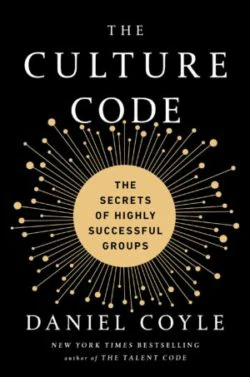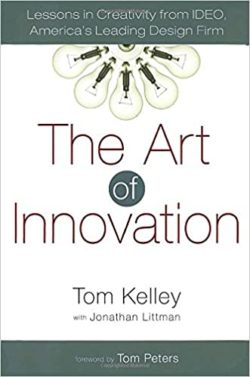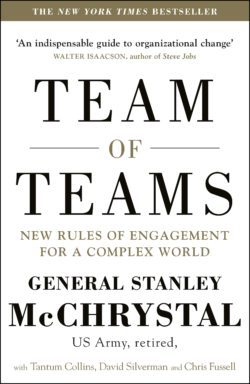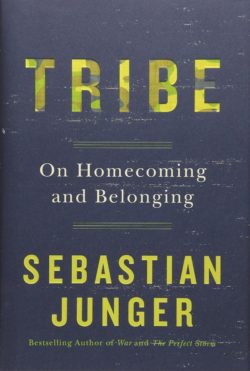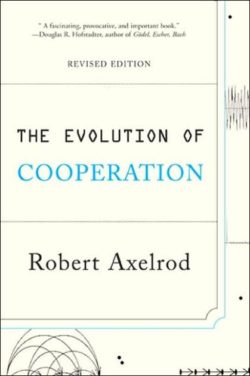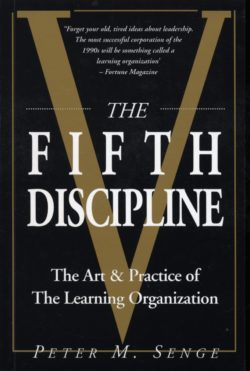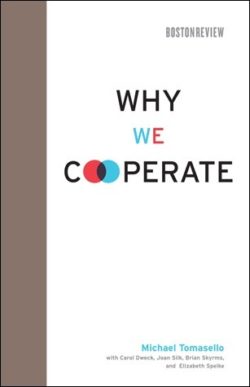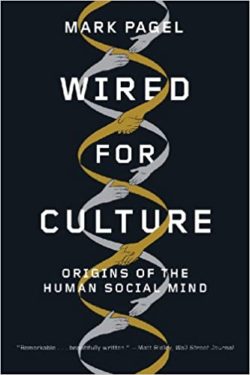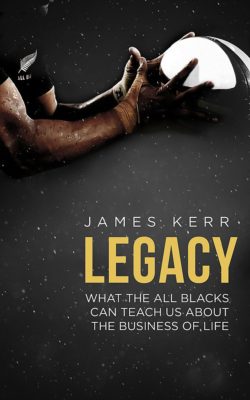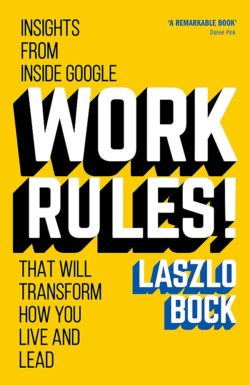Belonging cues are behaviors that create safe connections in groups. They include, among others, proximity, eye contact, energy, mimicry, turn-taking, attention, body language, vocal pitch, consistency of emphasis, and whether everyone talks to everyone else in the group.
These functions are ancient, unconscious, and automatic.
“Are we safe here? What’s our future with these people? Are there dangers lurking?”
The final message: “You are safe here. They seek to notify our ever-vigilant brains that they can stop worrying about dangers and shift into connection mode, a condition called psychological safety.”
Our brain is obsessed with searching for triggers of danger. -> “belonging is easy to destroy and hard to build” -> “one or two signals are not enough. We are built to require lots of signaling, over and over”
Belonging cues need to be constantly repeated: “(…) you can’t just give a cue once. (…) It’s a narrative—you have to keep it going. It’s not unlike a romantic relationship. How often do you tell your partner that you love them? It may be true, but it’s still important to let them know, over and over.” – Dr. Gregory Walton (Stanford University)
